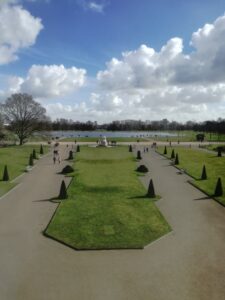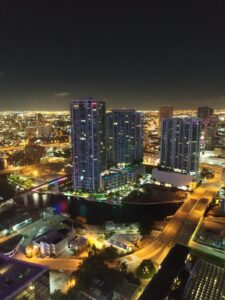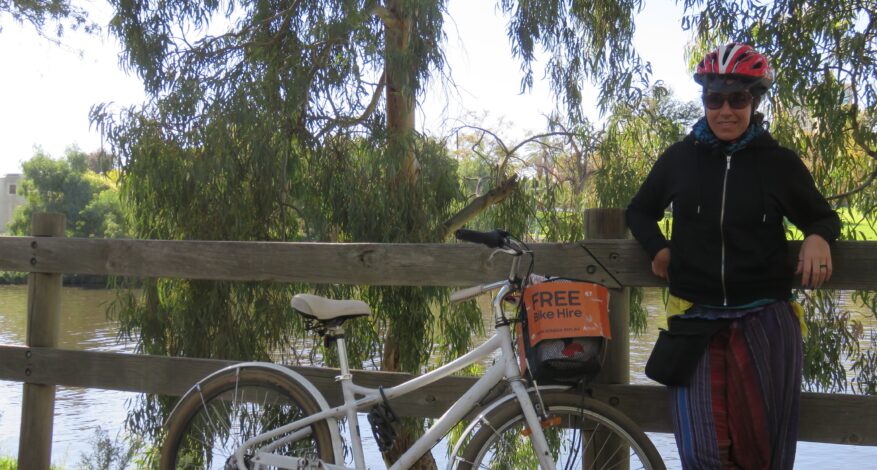OTHER WAYS TO MOVE
Ever since the first vehicle rolled onto the streets in 1886, the world has had a love-hate relationship with the motor car. Today, with over one billion motor vehicles on the roads around the globe, it sometimes seems as if we cannot escape the pollution, noise, and danger that they produce.
The car-free day is an international event celebrated every September 22 in which people are encouraged to get around without driving cars and instead ride a train, bus, bicycle, carpool, subway, or walk. This day is organized to let us know how society would be without “being dominated by cars”.

ORGANIZERS AND CITIZENS
Over the first decade of the car-free day movement (1994–2005), the world has seen hundreds of cities giving a try in quite different circumstances, some good, some undeniably bad.
The organizers think this event may help people reflect and chose bicycles or public transport for a good purpose, instead of driving a car. For activists, the goal of a car-free day had from the beginning been to serve as a small step, as a catalyst in a much larger and more ambitious process of citywide systemic transformation toward a more truly sustainable mobility system. But, even if the aim of this celebration is to show sustainable development for our cities, every year there is someone ready to underline how useless it is. In 2015 some newspapers even wrote that there was a slight increase in pollution during a car-free day.
 DATA AND POLLUTION
DATA AND POLLUTION
Environmental pollution is defined as “the contamination of the physical and biological components of the earth/atmosphere system to such an extent that normal environmental processes are adversely affected.”
Air pollution references the presence of foreign substances in the air that are not meant to be there. It can also result in there being an excessive quantity of specific impurities that would cause us to harm otherwise. When gasoline is burned by a vehicle, pollutants are emitted. Gasoline fumes will escape into the air. This even happens when we are pumping gasoline into our fuel tanks.
The level of pollution is defined by many factors and the surveys taken works for a long period. Anyways, the data of ARPA (regional agency for environment protection) shows that blocking traffic brings some benefits in a short period. For example, on car-free days, in Milan, the reduction of pollution is between 18 and 30 percent.
SUSTAINABLE DEVELOPMENT 
Sustainable development can be defined as development that meets the needs of the present without compromising the ability of future generations to meet their own needs. The sustainable development goals are the blueprint to achieve a better and more sustainable future for all. They address the global challenges we face, including poverty, inequality, climate change, environmental degradation, peace, and justice.
Environmental sustainability concerns the natural environment and how it endures and remains diverse and productive. Since natural resources are derived from the environment, the state of air, water, and climate are of particular concern. 
Environmental sustainability requires society to design activities to meet human needs while preserving the life support systems of the planet.
For example, bikes provide a lot of benefits that many may not think of. They are obviously a great way to ensure that you stay healthy and participate in some exercise. This is something that is becoming increasingly harder nowadays because most activities revolve around sitting indoors. By switching your car for a bike while taking your journey to work, you will be able to add some exercise and fresh air to your routine. But first of all, you will do this without impacting the environment.

